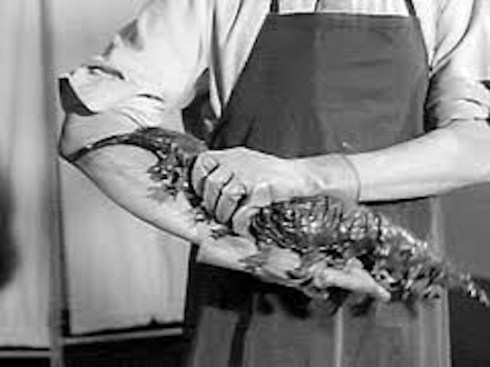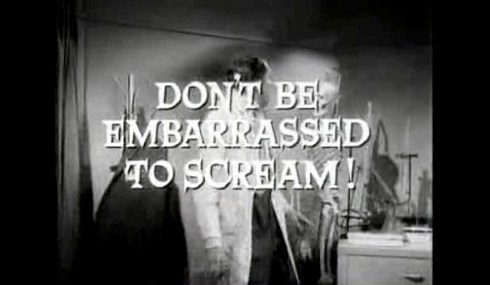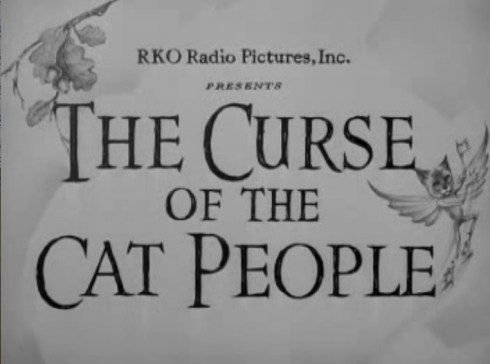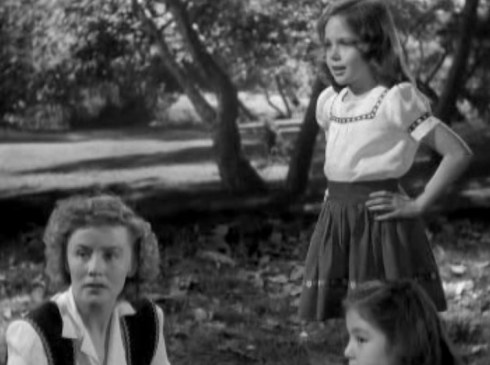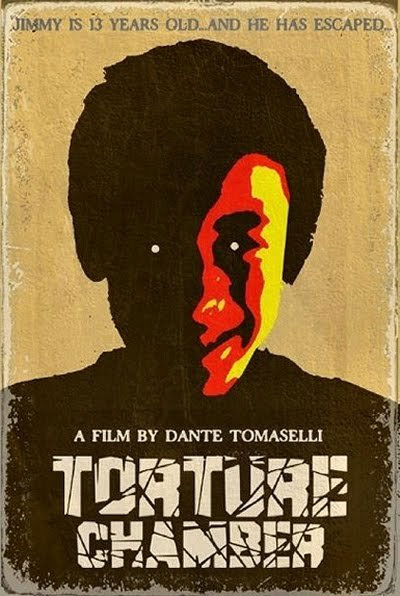Or the miracle of PERCEPTO! “We must have buzzed 20 million behinds!”-William Castle
THE TINGLER 1959
Directed by William Castle, written by Robb White, and starring Vincent Price, as Dr. Warren Chapin, Patricia Cutts as Isabel Stevens Chapin, Judith Evelyn as Martha Higgins, Philip Coolidge as Ollie Higgins, Darryl Hickman as David Morris, Chapin’s young assistant pathologist, and Pamela Lincoln as Lucy Stevens. Von Dexter’s ominous score helps paint the creepy and menacing atmosphere.
Urbane master of horror Vincent Price stars in one of William Castle’s atmospheric carnival rides as Dr. Warren Chapin, a pathologist whose milieu is the autopsies of executed prisoners from the State prison.
Chapin is driven by a curiosity to find out the source of the mysteriously evil force that creates the SENSATION of fear, and so he sparks a theory that there is an organism called… The Tingler manifests itself at the base of the spine when one is experiencing abject fear. The Tingler however is subdued by the act of screaming. This nightmare from the vertebral id looks like a giant centipede or a flat lobster with mandibles, lots of legs, and armored scales.
Each of us is inhabited by one of these creepy crawling death grippers, which grow larger as our fear expands, but because of our ability to scream, it lays dormant, incognito, and in repose at the base of our spines.
At first, Chapin locks himself in his lab, experimenting by taking doses of LSD and trying to induce fear first in stray cats and then in himself.
So it goes until Chapin meets Ollie and Martha Higgins who own a revival silent movie theater, and oh yes, Martha happens to be a deaf-mute, who also has an extreme phobia of the sight of blood.
As you know, I adore Judith Evelyn and am not very happy when it’s suggested that Chapin injects her with some LSD instead of a sedative in order to induce some nightmarish experiences, in which Martha will not be able to ‘scream’ therefore unable to suppress the little monster waiting to grip her when the moment of fear takes hold…

In one of the most memorable classic horror movie sequences, Martha (Evelyn) during her presumed lysergic acid journey is stalked through her modest, bleak, and sinister apartment by a ghoulish phantom, who hurls a hatchet at her and then maneuvers her into the bathroom, where blood runs from the sink taps and the white porcelain tub fills with actual red-colored blood (the film is of course in B&W) An arm rises from the tub and clutches toward Martha, who is in the throws of primeval fear, made all the more brutal by the fact that she cannot utter a sound thus not… scream out!
Dying of fright on the bathroom floor, Ollie wraps her up in a sheet and brings her to Dr. Chapin’s house. Sensible, skip the police and straight to the autopsy I say!
Chapin had figured that Martha’s extreme fear would enable the Tingler to grow to its veritable actual size, and thus give him the opportunity to catch a living specimen, by slicing open Martha’s back and peeling the monster from her spinal column.
Having set out to try his experiment, he was unaware that husband Ollie equipped with a ghoul mask, axe, and tub filled with tomato red blood ( in a B & W film, using special focus lenses for the colored sequences) was plotting to scare his poor wife to death, and appropriate Chapin’s LSD inducing experiment to frighten Martha to death.
Once Chapin has the Tingler, Ollie takes his de-tinglered wife back home and Chapin’s wife Isabel (Price always seems to have a scheming hussy for a wife in these flicks) slips him a Mickey and lets loose the Tingler on her unconscious husband, which proceeds to clutch at his throat like a tick on a sunny august hound dog. Luckily sister-in-law Lucy arrives just in time to… SCREAM!

The Tingler lets go of its death grip, Chapin puts the thing in a pet carrier and goes off to Ollie’s apartment to put the darn thing back onto Martha’s backbone. He soon realizes that Ollie murdered his wife, a fight ensues, and the Tingler gets loose, slipping through the floorboards, and is now inside the movie house looking for someone to death grip!
From Guilty Pleasures of The Horror Film page 137- Article by Tom Weaver
William Castle had told Price that:
“Usually people who are frightened scream, and that keeps their Tingler from growing. Judith Evelyn will play a deaf-mute who runs a silent movie theater. Experimenting you scare the hell out of her, but because she can’t utter a sound she’s unable to scream-her Tingler grows, crushing her to death, you operate, remove the Tingler from her spine, but it escapes and gets into the silent movie theater. Well then, make believe that the theater is actually where the picture is playing…all hell breaks loose!”
In Weaver’s article, he discusses the waning horror movie genre after WWII and how Henri-Georges Clouzot’s Diabolique in 1955 was at the vanguard of cinema.

Castle was so impressed with how much the younger audiences had a hunger to be scared pantless, that supposedly it was this French thriller, that inspired Castle to try scaring the pants off audiences as well.
Many a Film Noir was tinged with elements of the horrific, with dark undertones and psychological angles that became very influential in American and British cinema. Where else did darker cinema have to go in order to funnel its often transgressive, unorthodox, taboo energies but through the Psychotronic, Cult, or B-Movie horror genres?

Around the time of Clouzot’s macabre masterpiece, there were also some very unsettling dark-psychological themed offerings such as Autumn Leaves 1956, The Night Holds Terror 1955, The Three Faces of Eve 1957, A Cry in The Night 1956, Cast A Dark Shadow 1955, The Killer is Loose 1956, The Snorkel 1958, Edge of Fury 1958, Screaming Mimi 1958 and Tennessee William’s emotionally violent Suddenly, Last Summer 1959 which suggested cannibalism, devouring motherhood and Oedipal rage.
Screaming Mimi 1958 Part II: “The way he looks after her, you’d think a bossom was something unique”
Just a little later in the early 60s, I think of The Strangler with Victor Buono in 1964 or Grant Williams in The Couch in 1962, The Nanny in 1965, or The Naked Kiss 1964 which filtrated pretty grotesque narratives of, Pedophilia, deranged psychosis, incest and again, the Oedipus complex.
Aldrich had ushered in a whole new persona for Bette Davis and Joan Crawford with his Grand Dame Guignol tour de force, What Ever Happened To Baby Jane 1962.
The trumpets were hailing for Castle to step up and create his own uniquely tacky ballyhoo! While not Freud in the inkwell, certainly at least some kitschy Schadenfreude.
Castle could see that young Americans were starving for entertainment that was part horrific and a little exhibitionist. He purchased a copy on the cheap of a horror/mystery novel called The Marble Forest and got television writer Robb White to put a screenplay together, and hey while they were at it, why not give it a french sounding title as a tout to Diabolique!
That’s when they released Macabre 1958 which actually didn’t come until 3 years after the release of Diabolique. Weaver doubts Castle’s accuracy about certain details in his relatings about the series of events but then again William Castle was admittedly a showman, a huckster, the PT Barnum of Horror films, and didn’t deny that he could tell big whoppers at times. It was all in fun…!

There are even conflicting stories as to how the project for The Tingler came about. White who also wrote the script for House on Haunted Hill claims that it was makeup man Jack Dusick who showed White a foot-long rubber worm that he had created. “This worm, it haunted you… it scared you!!!”
White thought about the idea and went to Castle and told him that they should find out “where fear comes from” and they’ll use the WORM!
Actually, the concept of FEAR itself becomes a vital character to the narrative of The Tingler, although I’m sure Castle couldn’t give a hoot about the real ‘why’ more likely it was the ‘how’ to go about doing the ‘how’! He was more of the discount provocateur than an auteur. He had vision, it was just in 3D.
According to Castle, he asked an artist at Columbia’s art department what a Tingler should look like, ” Sort of like a lobster but flat, and instead of claws, it has long slimy feelers!”
Of course, the cast thought the script preposterous, but Price always approached anything he did with style, and an urbane dignity.

White had written that they couldn’t find anything to make the Tingler look more frightening until Castle (Bill) came in one morning with a small vibrator which eventually saved the picture.
It was his idea to take out all the motors from thousands of vibrators and screw them under the theater seats, then rig everything up at crucial moments so that the audience would suddenly begin vibrating in waves, six rows at a time!
Again, whether this is true or not, Castle claims he got the idea one night after he got a violent electrical shock from changing a light bulb on his bedside table. William Castle wrote in his Step Right Up! “I’m going to buzz the asses of everyone in America!”Â
By installing little motors under the seats of every theater in the country, the projectionist would get the special cues on the film itself, then press a button once the Tingler appears on screen to ‘jolt’ the audience, leading them to believe that the Tingler was loose in the actual theater!
Dona Holloway the Associate to the Producer dubbed the process PERCEPTO!
Now that I’m back in the NYC area, I have to see if the Film Forum on Houston Street still runs their horror/sci-fi/fantasy Festivals. Years ago, I happened to catch a showing of The Maze 1953 where they passed out 3D glasses to the audience. At one time the Film Forum ran The Tingler complete with Percepto! I would love to have had my ass in one of those seats…
As far as Robb White, he considered these films dumb, “I hated ’em” and “And for years didn’t see some of the films I made with Bill Castle. I mean they’re so dumb God!- there’s not a worm in your backbone when you get scared.”
“You’ll Scream If You Value Your Life!”
It’s been a SCREAM!-MonsterGirl…!





















